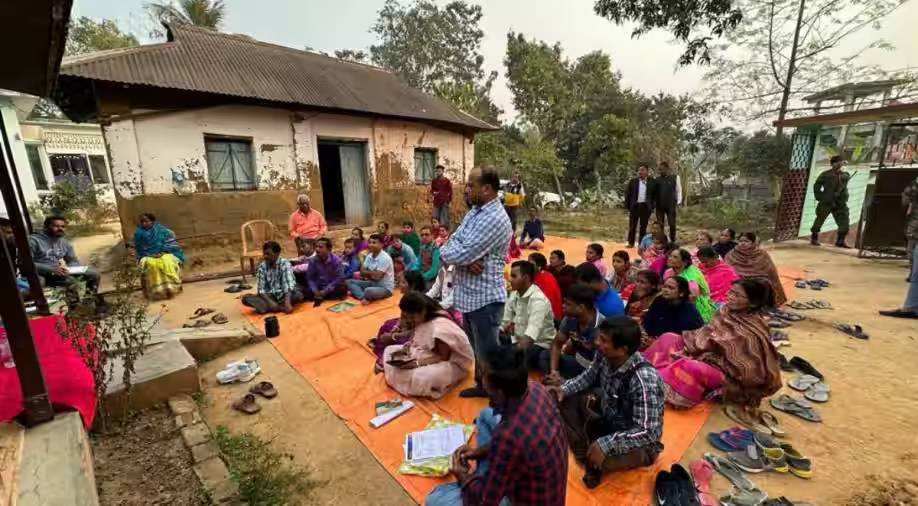The Meghalaya Legislative Assembly Election is scheduled to be held on February 27, 2023. The election will determine the composition of the 60-member Meghalaya Legislative Assembly. Here’s all you need to know about the upcoming election:
Political Parties: The current ruling party in Meghalaya is the National People’s Party (NPP), led by Chief Minister Conrad Sangma. The opposition party is the Indian National Congress (INC), which was in power before the NPP. Several regional parties are also expected to contest the election, including the United Democratic Party (UDP), Hill State People’s Democratic Party (HSPDP), and the People’s Democratic Front (PDF).
Key Issues: Several key issues are likely to dominate the election campaign in Meghalaya. These include unemployment, infrastructure development, healthcare, education, and law and order. In addition, the issue of illegal immigration from neighboring Bangladesh is likely to be a key campaign issue.
Previous Election: In the previous Meghalaya Legislative Assembly Election held in 2018, the National People’s Party emerged as the single largest party with 20 seats, followed by the Indian National Congress with 21 seats. However, the NPP was able to form the government in Meghalaya with the support of regional parties like the UDP, PDF and HSPDP.
Constituencies: Meghalaya has 60 constituencies, and the election will be held for all of them. The constituencies are spread across the state’s 11 districts, and each constituency elects one member to the Legislative Assembly.
Voting and Counting: Voting for the Meghalaya Legislative Assembly Election will take place on February 27, 2023, and the votes will be counted on March 2, 2023, along with Nagaland and Tripura.
Conclusion: The upcoming Meghalaya Legislative Assembly Election is expected to be a closely contested one between the NPP and the INC, with several regional parties also expected to play a key role. The election will be closely watched by political observers and voters in Meghalaya, as it will determine the future course of the state’s political landscape.





